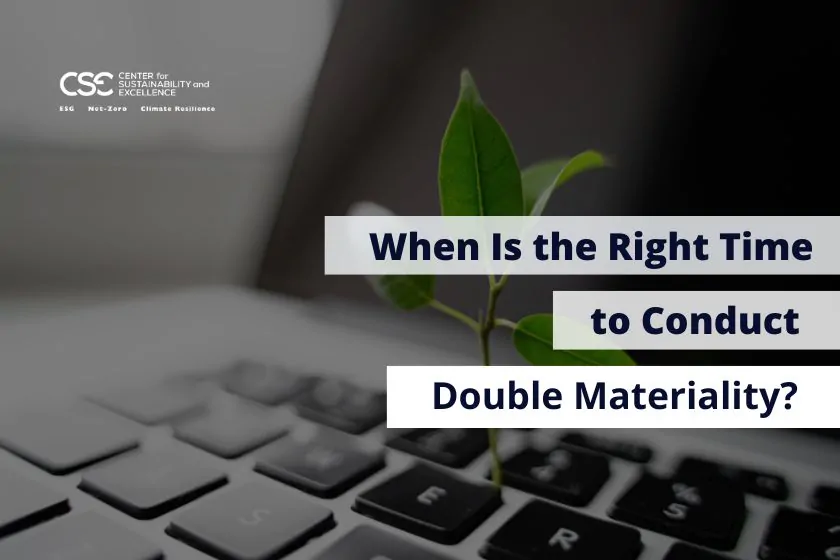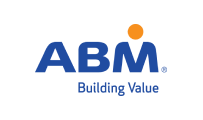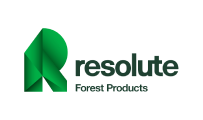Why Timing Is Critical for Double Materiality
Double materiality has become a vital element of sustainability and ESG strategy in the EU. It examines both how environmental and social issues affect a company and how the company impacts society and the environment. This approach, rooted in the Corporate Sustainability Reporting Directive (CSRD), goes beyond financial risk. According to TechTarget, double materiality provides a more comprehensive view of value creation in the ESG landscape.
With the CSRD coming into force, the question companies face is no longer whether to conduct a double materiality assessment—but when.
The Regulatory Clock Is Ticking
The CSRD mandates that large EU-based companies, as well as subsidiaries of non-EU firms with significant operations in Europe, comply starting in 2025 using data from 2024. This has made double materiality assessments not only a best practice but a legal requirement.
As noted by the European Commission, sustainable competitiveness hinges on how companies integrate environmental and social dimensions into their strategies. Delaying your assessment risks non-compliance and reputational fallout.
Meanwhile, Bruegel emphasizes that the sustainable finance framework in the EU needs fine-tuning, especially in how ESG data is processed and disclosed. A well-executed double materiality assessment contributes to this by providing transparency, enhancing accountability, and ensuring informed investment decisions.
Source: Bruegel based on European Commission documents. Note: SFDR = Sustainable Finance Disclosure Regulation; UCITS = Undertakings for Collective Investments in Transferable Securities; MiFID = Market In Financial Instruments Directive; AIFMD = Alternative Investment Fund Managers Directive; CSDDD = Corporate Sustainability Due Diligence Directive; CSRD = Corporate Sustainability Reporting Directive; ESRS = European Sustainability Reporting Standards.
“Regulation is moving faster than ever. Starting early means you’re not playing catch-up,” says Nikos Avlonas, founder of the Centre for Sustainability and Excellence (CSE).
Strategic Moments to Launch a Double Materiality Assessment
Knowing the right moment is crucial. Ideally, businesses should integrate double materiality during:
- Annual reporting cycles.
- Strategy reviews or goal-setting.
- Mergers, acquisitions, or expansions.
- Product development with ESG implications.
- Stakeholder engagement processes.
These windows allow businesses to align ESG insights with broader operational and strategic goals. Bruegel stresses the need for regulatory consistency and better data reliability in the EU’s ESG environment—challenges that early adopters of double materiality can proactively address.
Why Early Adoption Pays Off
Acting early offers strategic and competitive advantages:
- Identify ESG risks before they escalate.
- Improve internal systems and reporting quality.
- Build investor and stakeholder trust.
- Strengthen long-term business resilience.
According to ESG Dive, early adopters of double materiality show stronger ESG performance, better investor alignment, and greater innovation.
Real-World Example: ION’s Double Materiality Journey
A compelling example of timely action is the case of ION, Greece’s iconic chocolate manufacturer. For more than 85 years, ION has been synonymous with chocolate. Generations have associated the brand with joy and indulgence. However, ION also recognized the need to evolve its business responsibly in line with global sustainability expectations.
With support from CSE, ION carried out a full double materiality assessment to align with CSRD and ESRS requirements. The process helped ION evaluate the impact of climate change on cocoa supply chains, assess energy use in production, and understand community expectations.
ION’s early action positioned the company ahead of competitors and strengthened its credibility as a legacy brand committed to future generations. Their assessment informed sustainability goals that were both measurable and aligned with stakeholder values.
What Happens If You Wait?
Delaying your assessment could have serious downsides:
- Incomplete or rushed stakeholder input.
- Data inconsistencies.
- Misalignment with CSRD and ESRS.
- Penalties and reputational damage.
The Bruegel Omnibus Package analysis underscores the risk of weakening ESG frameworks when organizations overlook timely assessments.
Stakeholders now expect transparency and rigor. Falling short not only affects compliance but also brand credibility.
Training That Helps: The CSE’s Certified Sustainability (ESG) Practitioner Program
If your team lacks ESG expertise, support is crucial. The Certified Sustainability (ESG) Practitioner Program Advanced Edition 2025 provides practical guidance on conducting double materiality assessments, aligning with CSRD, and implementing ESRS.
This high-impact training program offers:
- Practical double materiality tools and frameworks.
- Real-world case studies and regulatory insights.
- Step-by-step guidance to integrate ESG into core strategies.
As featured in Reuters Events 2025, leading experts stress that education and training will be key drivers for compliance and innovation.
Top Action Points
To succeed in today’s ESG landscape:
- Use annual planning or audits as a springboard for double materiality.
- Act early to avoid non-compliance and rushed reporting.
- Use stakeholder feedback to drive meaningful ESG alignment.
- Upskill your team through credible training like the CSE Europe course.
The best time to conduct a double materiality assessment is now. With the CSRD already in motion and expectations rising, early action builds trust, reveals new opportunities, and ensures compliance.
By enrolling in the CSE Europe Sustainability & ESG course, professionals gain expert tools, knowledge, and a certified edge. Don’t wait until the pressure builds—take the first step today toward resilience and sustainable value.








